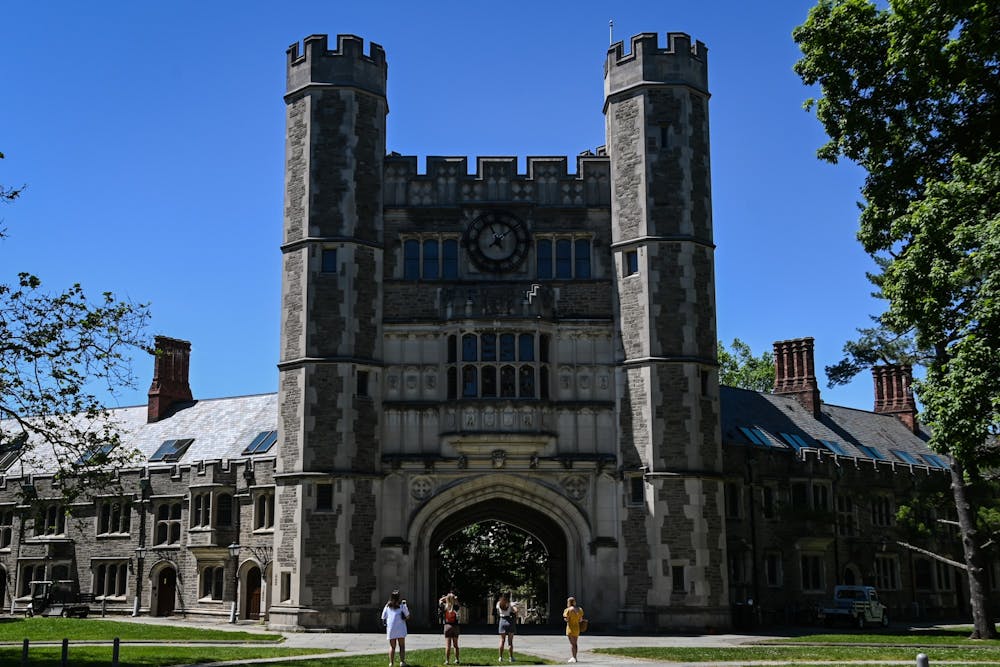
Princeton University will pay nearly $1.2 million in back wages to female professors after a U.S. Department of Labor review found disparities in pay between male and female professors.
The New York Times reported that the U.S. Department of Labor reviewed the salaries of professors from 2012 to 2014 at Princeton University and found evidence of a gender wage gap. In response, the University completed an early resolution compliance agreement with the Labor Department’s Office of Federal Compliance Programs.
The Times reported that Princeton has agreed to pay back $925,000 to 106 female professors, who in the report were underpaid compared to male colleagues. The University will also spend $250,000 on adjusting future salaries to narrow the gender wage gap.
Princeton will also take steps to ensure pay equity, such as monitoring the hiring salaries of professors, hiring more female professors in male-dominated fields, and putting more female professors in higher positions, ABC News reported.
In 2016, Penn's Senate Committee on the Economic Status of the Faculty argued that, based on the University's 2015 fiscal year report, there was evidence of a gender wage gap among professors. The report found a 2 to 3 percent gap between the salaries of female and male professors, which took into account differences in departments.
The report found further disparities between female and male assistant and associate professors. On average, female assistant professors made $11,954 less than their male counterparts. Female associate professors made $20,854 less than male associate professors.
However, a 2019 SCESF report stated that the gender wage gap has narrowed among female and male professors.
According to the report, male full professors and assistant professors earn 0.09 percent more than their female colleagues. Female associate professors now earn 1.4 percent more than their male colleagues.
“The overall difference between male and female average base salary is due in part to the fact that men and women are not equally distributed across schools and fields,” the report read. “Women have historically been disproportionately represented in departments and schools that have lower salaries.”
Penn's 2019 Action Plan for Faculty Excellence and Diversity found that 35% of University standing faculty are female and over 8% are underrepresented minorities. The last report, released in 2017, found that 32.7% of University faculty were female and 7.9% were underrepresented minorities.
“As we go forward in this particular political moment, diversity and inclusion issues are among the most pressing contemporary issues of our day,” Associate Vice Provost for Faculty Lubna Mian told The Daily Pennsylvanian in November 2019. “I think there's a sense in which this is very, very important to the University as a whole.”
The Daily Pennsylvanian is an independent, student-run newspaper. Please consider making a donation to support the coverage that shapes the University. Your generosity ensures a future of strong journalism at Penn.
Donate



